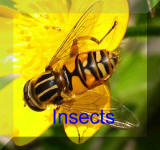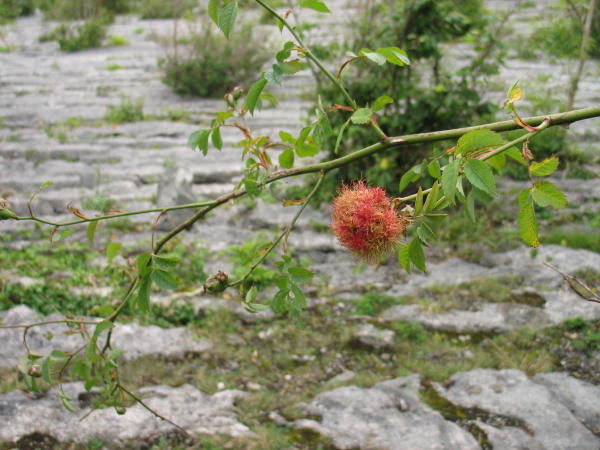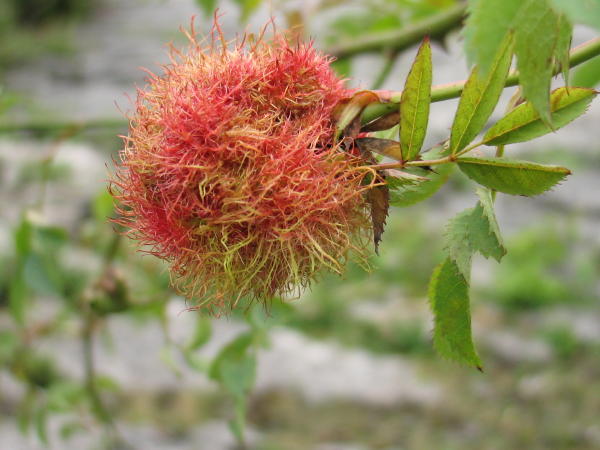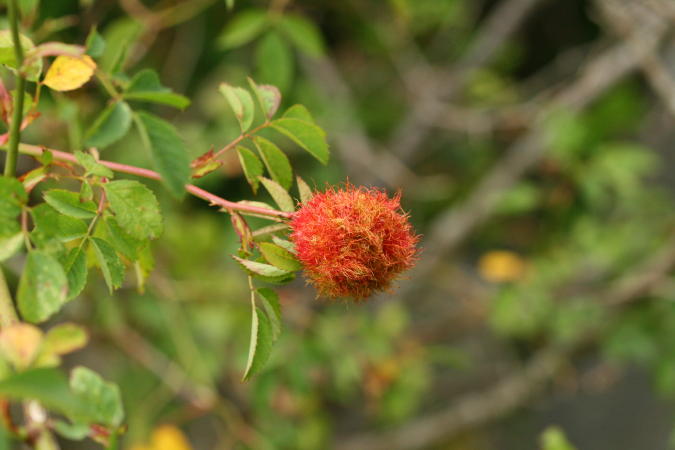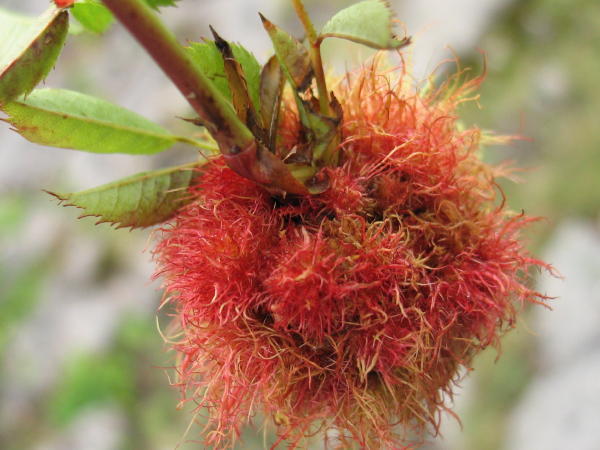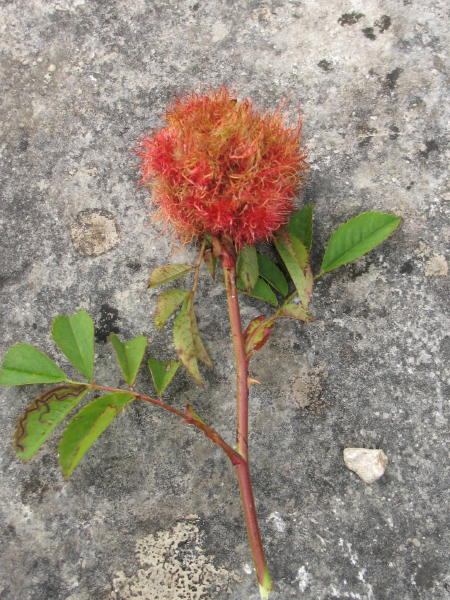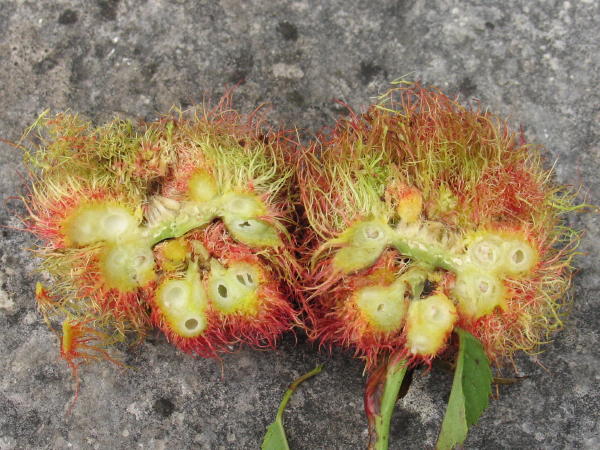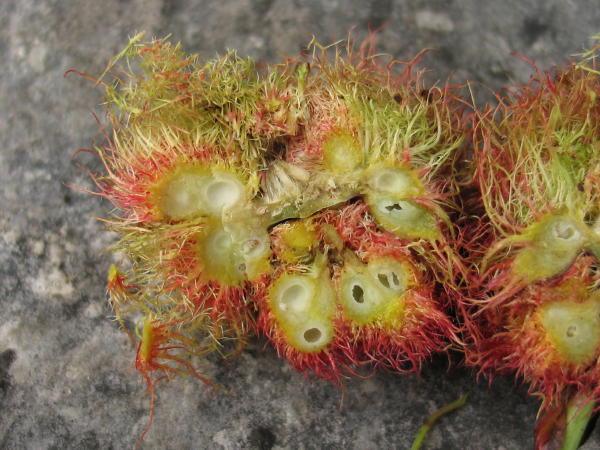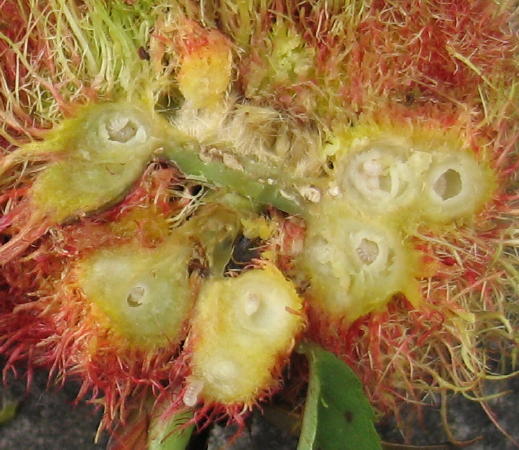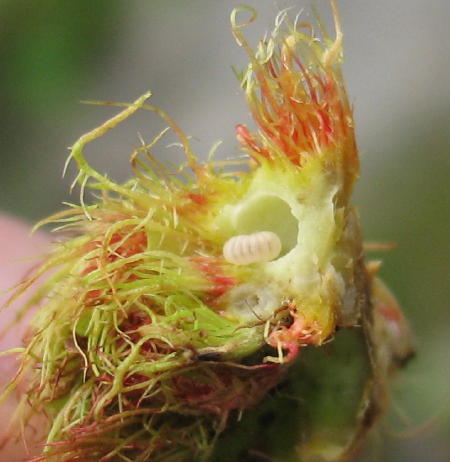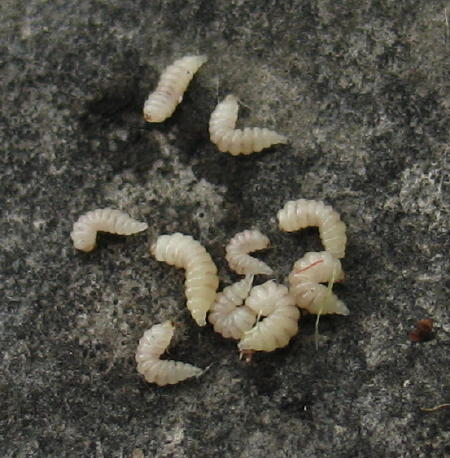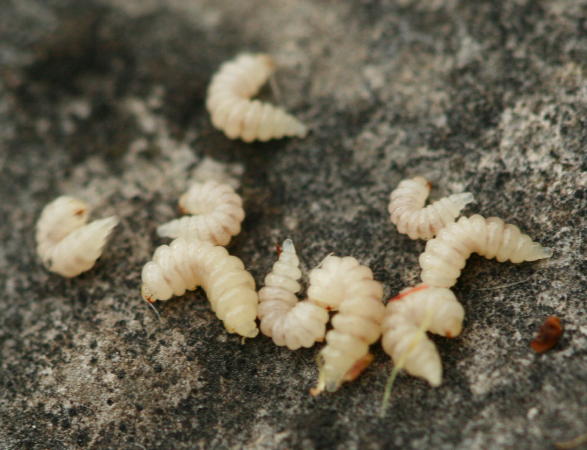Description
These unusual growths appear in late summer and autumn on wild rose bushes, are created by the tiny wasp Diplolepis rosae. Grubs inside feed on the plant through the winter and emerge in spring. The cushion provides a home to many other tiny creatures. It's sometimes called the Bedeguar Gall.This is a prominant and colorful gall and commonly seen on Dog Rose hedging. Colour can vary from green to brilliant scarlet and eventually degenerates to rusty brown. Even small, newly formed galls can be scarlet, and some old mature galls can remain green, so colouration would not appear to be linked to maturity.
As autumn approaches and the host plant starts to die back, galls take on a rusty brown colour and those having developed on the stems and branches will remain very much in evidence even after leaf fall .
The causal species is a gall wasp (Diplolepis rosae) which lays its eggs in either the leaves or stem of the dog rose. One gall may contain several grubs, each in an individual chamber. Subsequently, other insects may invade the gall in order to parasitise the gall wasp grubs. The gall grubs will overwinter inside the 'apparently' dead gall, to emerge next Spring.
IMAGE 22498 (C) 2008 COLIN DUKE
IMAGE 22500 (C) 2008 COLIN DUKE
IMAGE D3938 (C) 2008 COLIN DUKE
IMAGE D3928 (C) 2008 COLIN DUKE
IMAGE 22509 (C) 2008 COLIN DUKE
IMAGE 22514 (C) 2008 COLIN DUKE
IMAGE 22518 (C) 2008 COLIN DUKE
IMAGE 22524 (C) 2008 COLIN DUKE
IMAGE 22498 (C) 2008 COLIN DUKE
IMAGE 22525 (C) 2008 COLIN DUKE
IMAGE 22535 (C) 2008 COLIN DUKE
IMAGE 22546 (C) 2008 COLIN DUKE
IMAGE D3982 (C) 2008 COLIN DUKE

